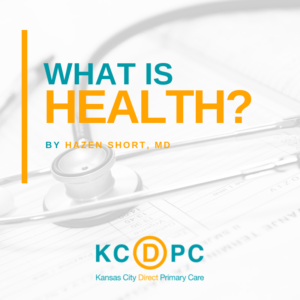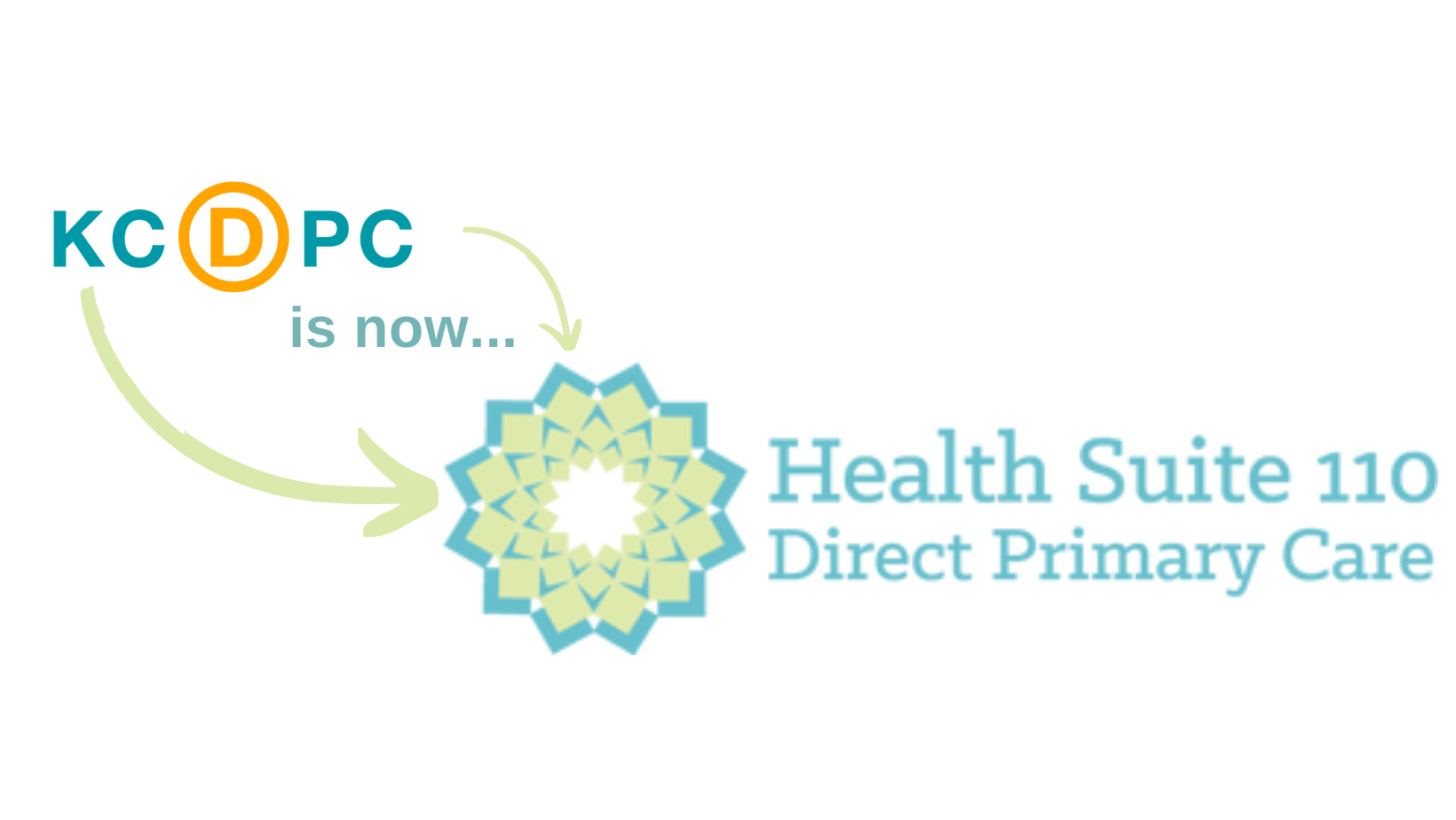 I learned in medical school and residency that the most significant reason for the increase in human lifespan is not doctors, not advancements in medications or surgeries, but in public health. There were 10 public health measures in the 20th century that are directly attributed to increased human lifespan by 25 years. They are as follows:
I learned in medical school and residency that the most significant reason for the increase in human lifespan is not doctors, not advancements in medications or surgeries, but in public health. There were 10 public health measures in the 20th century that are directly attributed to increased human lifespan by 25 years. They are as follows:
- Vaccination
- Motor-vehicle safety
- Safer workplaces (mining, factories, railroads, etc)
- Control of infectious diseases
- Decline in deaths from coronary heart disease and stroke
- Safer and healthier foods
- Healthier mothers and babies
- Family planning
- Fluoridation of drinking water
- Recognition of tobacco use as a health hazard
Many of these measures decrease early deaths like vaccines against smallpox, seat belts in cars, safer workplaces, and safer maternity care. Others helped with overall health like the recognition of tobacco as unhealthy.
The list is dominated by preventative medicine. Vaccines prevent smallpox, clean water prevents cholera, condoms reduce HIV, seat belts prevent auto deaths, and never smoking prevents cancer and heart disease.
So what role do physician have? For starters, public health focuses on populations, whereas physicians focus more on the individual. The decline in deaths from heart disease and stroke are directly related to the recognition and improved treatment of cardiovascular disease. That is why we primary care physicians care so deeply about blood pressure, diabetes, cholesterol, and tobacco use. Infectious diseases became much less lethal after antibiotics, but the real difference maker was improved hygiene and clean water.
How Can I Be Healthier?
Many patients ask what they should be doing to be healthier. I feel they are often disappointed in the simplicity of my response:
- Eat nutritious food to maintain a healthy weight
- Get 2-3 hours of exercise a week
- Stop smoking/don’t start
- Establish with a physician for personalized preventative care
There is no secret bullet! Your mom gave you great medical advice when she told you to eat your veggies, go outside and play, and don’t you dare smoke! This is so vitally important to prevent heart disease, the leading cause of death in America. Unfortunately, these simple goals are not so easy to follow.
Nutrition
The average american diet is calorie dense and low in nutrition. Three out of four American adults are eating a diet low in fruits, vegetables, dairy, and healthy oils, but high in salt, unhealthy oils, and processed sugars.
Dieting is a 66 billion dollar industry and there is a huge diversity of opinions on what is “best”. I like to keep it simple: fresh veggies and fruits are excellent, small portions of animal protein and fat is ok, and sugar is bad. This is an obvious simplification, but it holds true no matter what the current trend may be. At some point I will devote a post with discussion on macro-nutrients, calorie density vs nutritional density, metabolism, and weight loss. For now let’s leave it at that.
Exercise
Three out of four American adults do not get adequate exercise. There is consensus that adults should get 150 minutes of moderate aerobic exercise a week OR 75 minutes of high intensity, which should include 2 muscle-strengthening exercises a week.
I tell patients that moderate exercise is when your heart rate is elevated and you breath heavily, but can still carry on a conversation. For many this is a brisk walk, for others this is a jog or run. High intensity is anaerobic exercise where one gives 100% effort for as long as possible, usually done with intervals of rest or low intensity between sets.
Strength exercises are important for all ages, but especially as we age. My residency classmate often reminds me, “No one ever stayed out of a nursing home by doing more bench press”. His point is that maintaining lower body and core strength are more important than upper body strength in the elderly to prevent falls. Many at the gym focus on bench press, bicep curls, and pull-ups which are still good for you, but don’t improve core or leg strength. A great place to start is body weight squats and lunges.
Tobacco Use
Don’t smoke, don’t chew, and please stop if you do! There is no safe or healthy amount of tobacco use. Recent studies show that 1 cigarette per day carries 50% of the cancer and heart risk as an entire pack of cigarettes a day. Tobacco use directly causes 480,000 deaths a year in America. We will discuss this more in the future.
Establishing With a Physician
So when should you start regularly seeing a primary care physician (PCP)? When it comes to chronic disease, most people don’t develop uncontrolled hypertension, diabetes, and cholesterol overnight. The USPSTF recommends adults aged 18 to 39 should be screened every 3 to 5 years for elevated blood pressure, and yearly for adults aged 40 and over.
A blood pressure screen is extremely valuable measure of cardiovascular (heart and blood vessel) health. Hypertension is often associated with unhealthy weight, poor diet and exercise, mental stress, and metabolic diseases like diabetes and high cholesterol.
Blood pressure checks are a fine reason to regularly see your physician, but the best prevention comes from discussing your diet, exercise, and overall well-being on a regular basis.
What We Are Trying To Prevent?
Here are the top causes of death in America per year according to the CDC:
- Heart disease: 635,260
- Cancer: 598,038
- Accidents (unintentional injuries): 161,374
- Chronic lower respiratory diseases (lung disease): 154,596
- Stroke (cerebrovascular diseases): 142,142
- Alzheimer’s disease: 116,103
- Diabetes: 80,058
- Influenza and pneumonia: 51,537
- Nephritis, nephrotic syndrome, and nephrosis (kidney disease): 50,046
- Intentional self-harm (suicide): 44,965
Notice that heart disease, stroke, and diabetes account for 857,460 deaths a year (42% of this list). Also note that tobacco use is directly related to 480,000 deaths a year.
What are the risk factors for heart disease and stroke (cardiovascular disease)?: high blood pressure (HTN), high cholesterol (HLD), diabetes mellitus (DM2), and smoking!
Here’s the take away folks: cardiovascular disease is the #1 killer in America, and the diseases that lead to it are preventable. A healthy lifestyle decreases risk of metabolic diseases (HTN, HLD, DM2), and regular check-ups and lab work helps ensure you stay on the right track.
These metabolic issues don’t go from normal to extremely uncontrolled and lethal overnight. There is a huge spectrum to blood pressure, cholesterol, and blood sugar. Borderline high blood pressure, mild elevation in cholesterol, and pre-diabetes are all extremely common but do not magically improve without intervention. I have seen amazing transformations in patients who commit to nutrition and exercise and reverse these diseases with lifestyle alone.
Summary
In a way, I did learn the “secret” to health and long life: there is no big secret. To be healthy and stay healthy:
- Live in a modern society: get vaccinated, wear your seat belt.
- Eat nutritious food to maintain a healthy weight.
- Exercise well, stay strong and mobile.
- Don’t use tobacco.
- Establish with a primary care physician.
